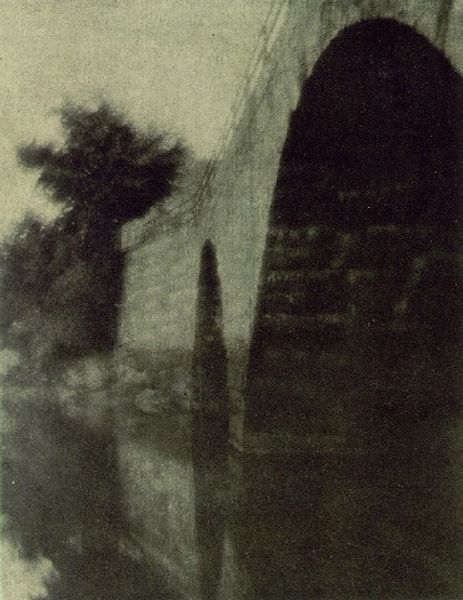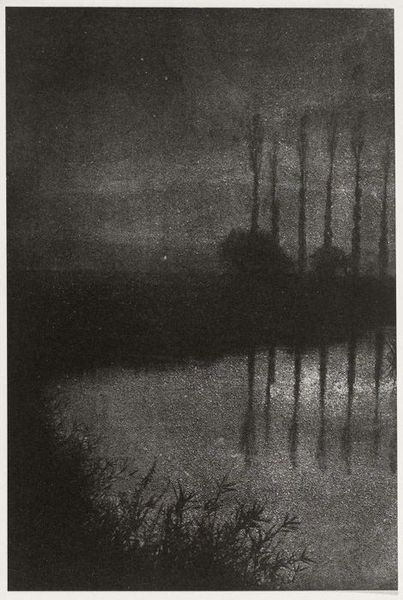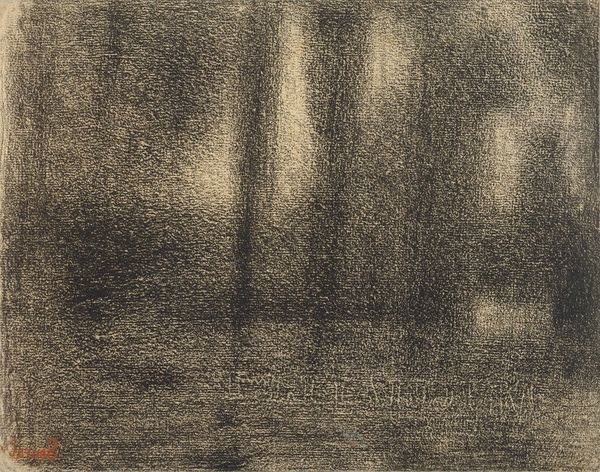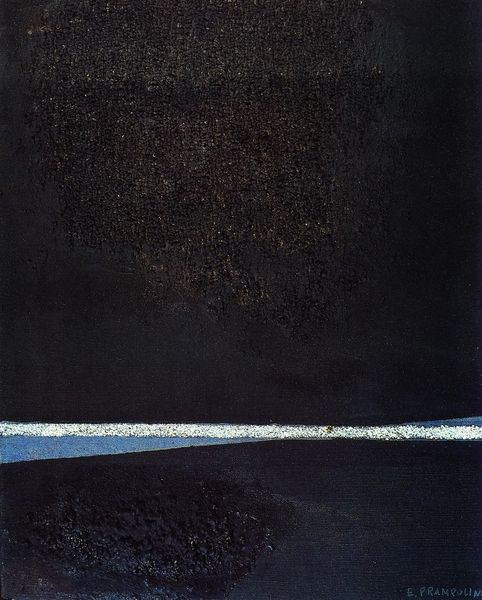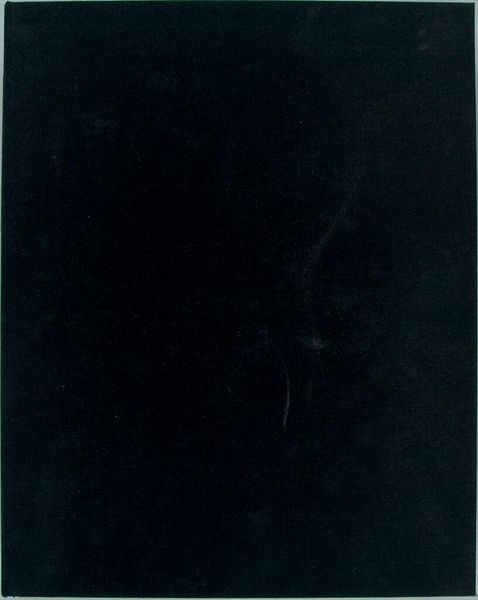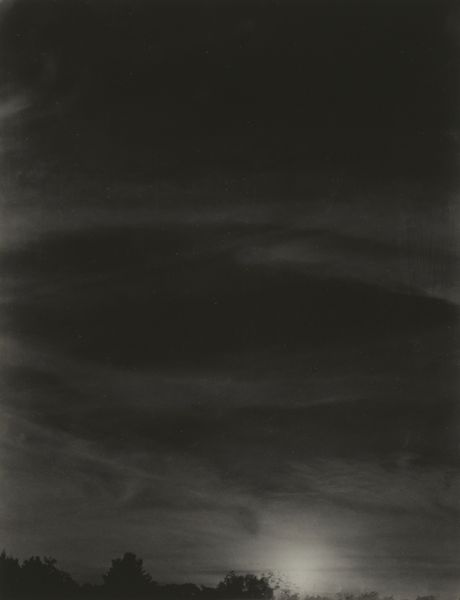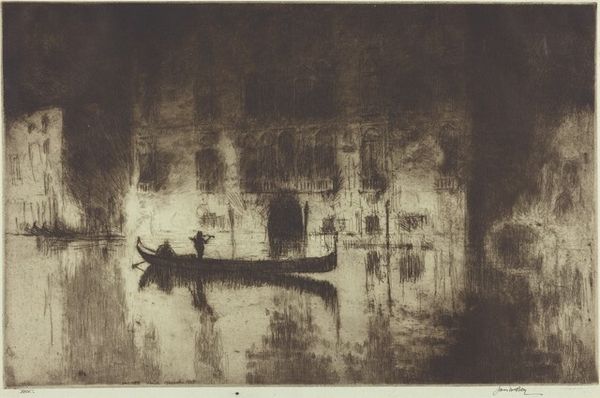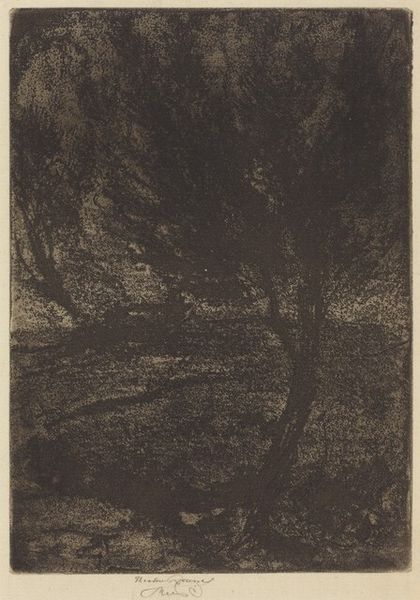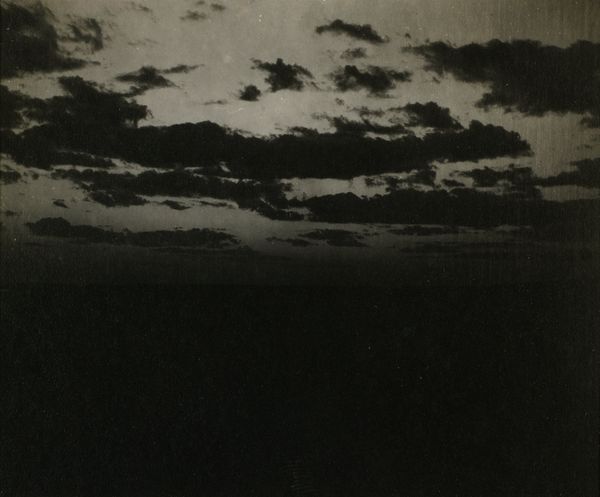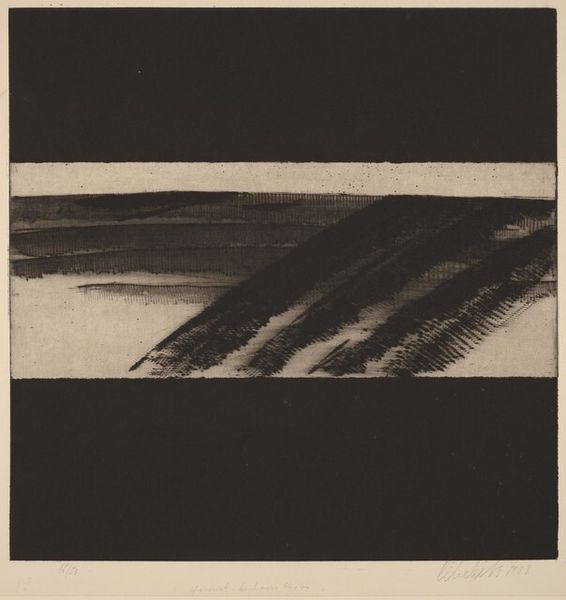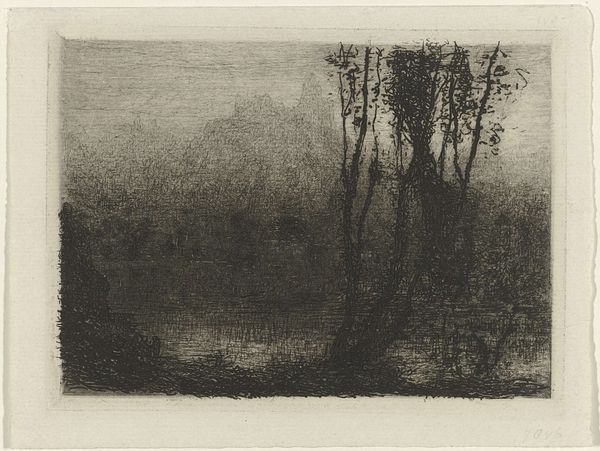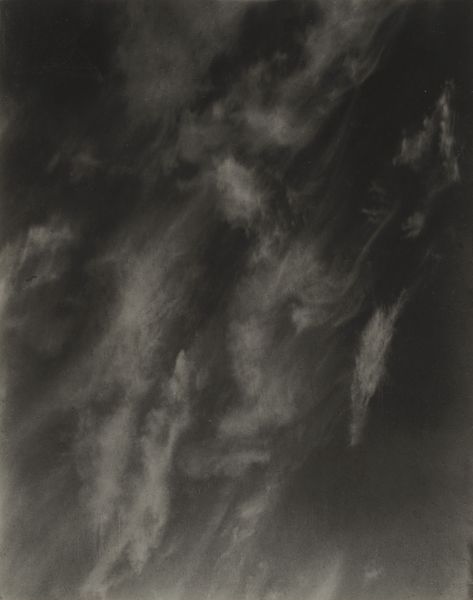
#
night
#
abstract expressionism
#
acrylic
#
rough brush stroke
#
charcoal drawing
#
possibly oil pastel
#
underpainting
#
pastel chalk drawing
#
paint stroke
#
charcoal
#
watercolor
Copyright: © The Historical Museum in Sanok (Poland) is the exclusive owner of copyrights of Zdzisław Beksiński's works.
Curator: Looking at this canvas by Zdzislaw Beksinski, simply titled "Untitled," I’m struck by the oppressive atmosphere. It feels as though a monumental, dark age is being depicted. What are your initial thoughts? Editor: Well, the immediate impression is one of foreboding, an end-of-days vista, almost monochrome. It's dominated by an ominous dark mass which overhangs the sea, it's hard not to feel some elemental terror, of facing the void. Curator: It is true. Beksinski's work often reflects his personal anxieties and experiences growing up in war-torn Poland. The absence of a specific title perhaps suggests a universality to this dread. It speaks to broader concerns of societal collapse and loss. The post-war existential dread, so common in mid-century modern art, distilled here into something essential and un-named. Editor: The strange construction, looming there… it has a disturbing power. It puts me in mind of desolate places; places humans fear and therefore project meaning into; like graveyards and barrows. Perhaps it even suggests the Tower of Babel; human endeavor brought to ruin. The symbolism here feels potent. Curator: Symbolism, indeed. Considering his biography and the art establishment of his time, Beksinski resisted joining specific artistic movements, he carved a solitary path of expression, dealing directly with death, decay, and existential terror. It's also interesting that despite his grim subject matter, Beksinski claimed to be optimistic and even humorous. This paradox underscores the complexities of his art's public reception. Editor: And you see that repeated horizontal line that forms the waves; a band that binds us to the land as the shadow looms? I suppose it's some kind of bleak hope of continuation, though, with his recurring visual language of ruin. It appears Beksinski is setting up, as he so often does, stark contrasts. Curator: Exactly, that horizon serves as a constant— a kind of macabre memento mori. The fact that we still contemplate images like this says much about us, too, doesn’t it? What our society values in the theater of art, and perhaps, more darkly, what we expect and fear of it. Editor: In a world constantly pursuing utopia, such stark and gloomy art becomes valuable as an antidote. Beksinski certainly gives us something to chew on; what a truly memorable image.
Comments
No comments
Be the first to comment and join the conversation on the ultimate creative platform.
